Your New Look, Your Safety: Is It Safe to Go to Mexico for a Facelift?
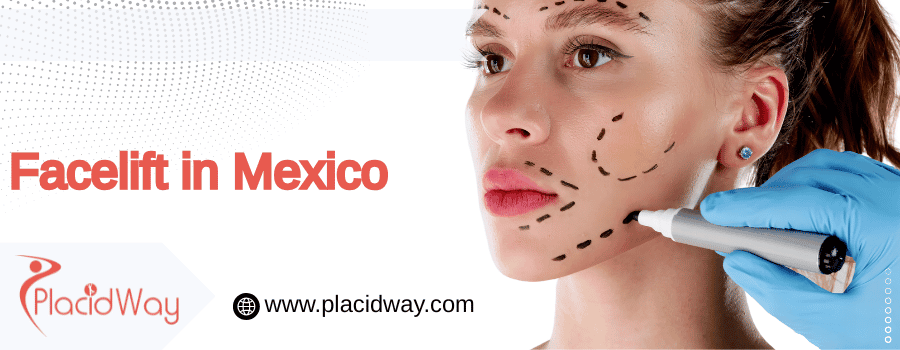
Considering a facelift to rejuvenate your appearance is a big decision, and for many, the prospect of combining quality care with significant cost savings leads them to explore options like Mexico. The question of safety is, understandably, paramount. So, is it safe to go to Mexico for a facelift? This comprehensive guide delves into the factors that ensure safety, what to look for, and how to make an informed choice for your facial rejuvenation journey.
Is it safe to go to Mexico for a facelift?
"Yes, it can be safe to go to Mexico for a facelift when performed by board-certified and experienced plastic surgeons in accredited and reputable medical facilities that strictly adhere to international safety standards. However, thorough research and patient vigilance are absolutely crucial."
The safety of your facelift in Mexico is not a given but rather a direct outcome of your careful selection of a medical provider. While Mexico offers competitive pricing, prioritizing due diligence will significantly enhance your safety and the success of your procedure.
What factors contribute to the safety of a facelift in Mexico?
"The safety of a facelift in Mexico is primarily ensured by the surgeon's board certification and specialized experience, the accreditation and hygiene standards of the clinic or hospital, thorough pre-operative evaluations, strict adherence to surgical protocols, and comprehensive post-operative care."
Several interconnected elements work together to create a safe environment for your facelift:
- Surgeon's Qualifications and Experience: This is perhaps the most critical factor. Look for a plastic surgeon who is board-certified by a recognized body like the Mexican Council of Plastic, Aesthetic and Reconstructive Surgery (CMCPER) and the Mexican Association of Plastic, Aesthetic and Reconstructive Surgery (AMCPER). These certifications indicate rigorous training and adherence to professional standards. Experience specifically with facelift procedures, including various techniques like SMAS or deep plane lifts, is also vital.
- Accreditation of the Facility: Ensure the clinic or hospital where the surgery will take place is accredited by Mexican health authorities. International accreditations, such as those from the Joint Commission International (JCI) or the American Association for Accreditation of Ambulatory Surgery Facilities (AAAASF), provide an additional layer of assurance regarding patient safety and quality of care.
- Comprehensive Pre-operative Evaluation: A reputable surgeon will conduct a thorough medical evaluation, including blood tests, an EKG, and other assessments, to ensure you are a healthy candidate for surgery and to identify any potential risks.
- Strict Surgical and Anesthesia Protocols: The medical team should follow established safety protocols for all stages of the surgery, including sterilization, infection control, and the administration of anesthesia by a qualified anesthesiologist.
- Detailed Post-operative Care: Effective post-operative care is crucial for safe healing and optimal results. The clinic should provide clear instructions for wound care, drain management, medication, and follow-up appointments.
How much does a facelift cost in Mexico?
"The cost of a facelift (rhytidectomy) in Mexico is significantly lower than in the United States or Canada, typically ranging from $2,500 to $8,000 USD for a standard procedure. This represents potential savings of 50% to 70% compared to average prices in Western countries, which can range from $8,000 to $15,000 USD or more."
The exact price for a facelift in Mexico depends on several factors, including the type of facelift (mini, standard, deep plane, etc.), the complexity of your case, the reputation and experience of the plastic surgeon, the specific clinic or hospital, and what is included in the surgical package. For instance, some all-inclusive packages may include hospital stay, anesthesia, pre- and post-operative care, and sometimes even accommodation and transportation.
What are the potential risks of getting a facelift in Mexico?
"Potential risks of a facelift in Mexico, as with any surgery, include infection, bleeding/hematoma, nerve damage, scarring, asymmetry, and adverse reactions to anesthesia. Additionally, medical tourism carries risks such as communication barriers and challenges with post-operative follow-up upon returning home."
While reputable clinics strive to minimize risks, it's essential to be aware of the inherent complications of any surgical procedure. Specific risks related to medical tourism can include difficulties in communication if there's a language barrier, and the challenge of accessing immediate follow-up care once you return to your home country if complications arise. There have been isolated reports of severe infections (like atypical mycobacterial infections) linked to unaccredited or "chop shop" facilities. This underscores the absolute necessity of thorough vetting.
How does the regulatory environment for plastic surgery in Mexico contribute to safety?
"The Mexican government has implemented regulations and certification processes for plastic surgery clinics and surgeons, including accreditation from bodies like the Mexican Board of Plastic, Aesthetic and Reconstructive Surgery (CMCPER), which aims to ensure patient safety and quality standards."
These regulatory bodies exist to ensure that plastic surgeons meet high standards of training and expertise. Clinics must also adhere to specific requirements to operate legally. While these regulations are in place, prospective patients still bear the responsibility of verifying a surgeon's and clinic's credentials.
How can patients ensure safety when choosing a facelift clinic and surgeon in Mexico?
"To ensure safety, patients should verify board certifications (AMCPER, CMCPER), confirm facility accreditation (JCI, AAAASF if possible), read independent patient reviews, request a detailed treatment plan and cost breakdown, and ensure clear communication with the medical team."
Here's a checklist for maximizing your safety:
- Verify Certifications: Always check that your chosen surgeon is certified by CMCPER and is a member of AMCPER. You can often verify this through their online directories.
- Confirm Facility Accreditation: Ask about the hospital or clinic's accreditations.
- Read Reviews and Testimonials: Look for consistent positive feedback on independent platforms. Be wary of clinics with only generic or suspiciously perfect reviews.
- Review Surgeon's Portfolio: Request to see extensive before-and-after photos of previous facelift patients to assess their aesthetic style and results.
- Ask About Safety Protocols: Inquire about their infection control measures, emergency protocols, and the qualifications of their anesthesiologists.
- Ensure Clear Communication: The surgeon and staff should be fluent in English or provide professional interpreters to prevent misunderstandings.
- Understand Aftercare: Discuss the post-operative care plan in detail, including how long you need to stay in Mexico and what follow-up care is available once you return home.
What are the benefits of choosing Mexico for a facelift despite the safety considerations?
"Despite the need for careful vetting, Mexico offers facelifts at significantly lower costs (often 50-70% less than the US/Canada), access to highly experienced surgeons who perform a high volume of procedures, modern facilities, and reduced waiting times, making it an attractive option for many."
The cost advantage is undeniable, making a facelift more accessible. Many Mexican plastic surgeons are highly skilled due to the large volume of procedures they perform. Combining your procedure with a travel experience is also a draw for some.
What should I expect during the recovery process after a facelift in Mexico, and how does it relate to safety?
"The recovery process after a facelift in Mexico is similar to that in other countries, involving initial swelling and bruising for 1-2 weeks. Adhering to your surgeon's post-operative instructions, including rest and follow-up appointments, is crucial for safe healing and optimal results. Plan for at least a 7-10 day stay for initial recovery."
Your safety during recovery hinges on diligently following all instructions. Ensure you have a comfortable and safe recovery space, and access to necessary medications and follow-up checks before traveling home.
Going to Mexico for a facelift can be a safe and rewarding experience when approached with diligence and informed decision-making. By prioritizing the credentials of your surgeon and the accreditation of your clinic, you can significantly mitigate risks and achieve the rejuvenated appearance you desire.


.png)




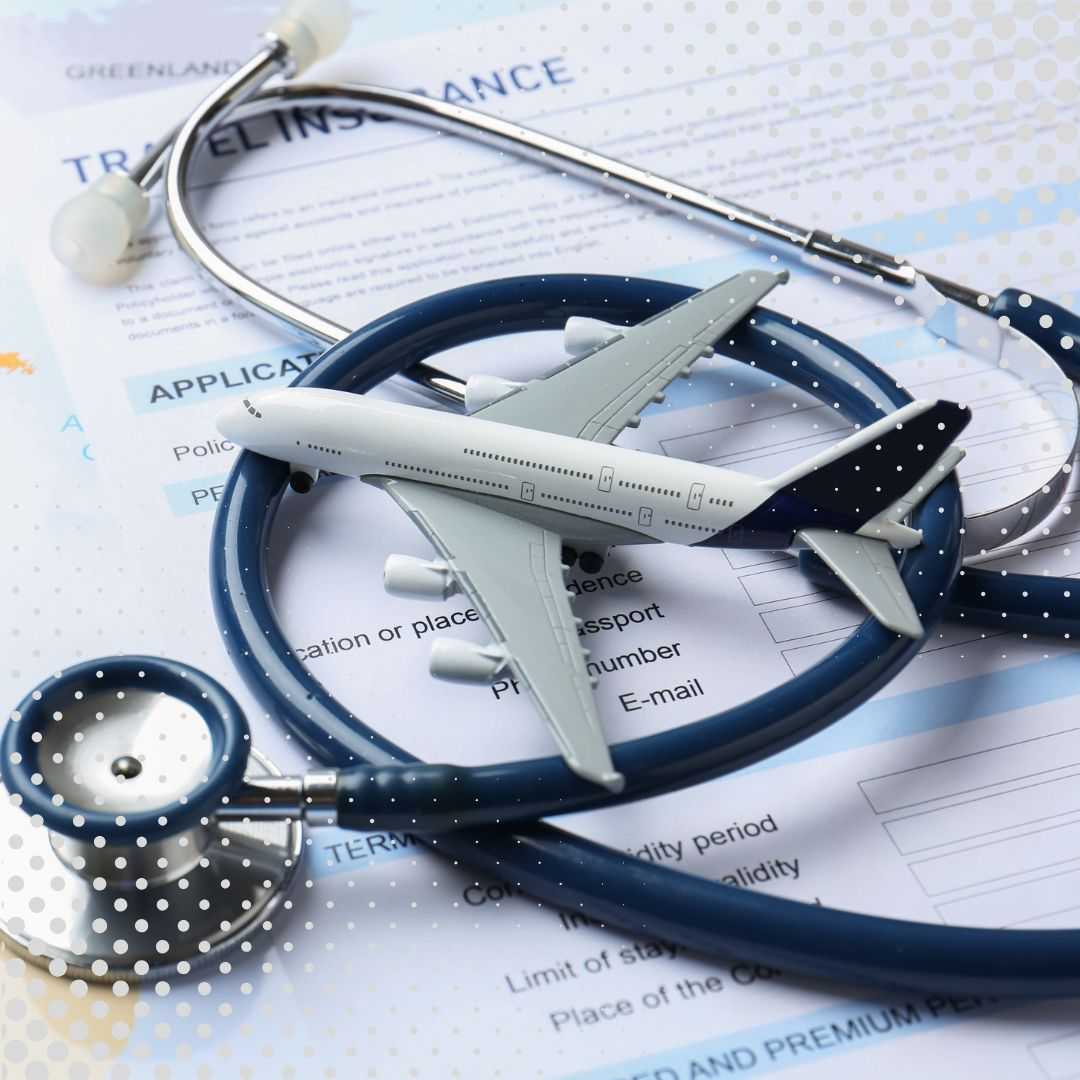





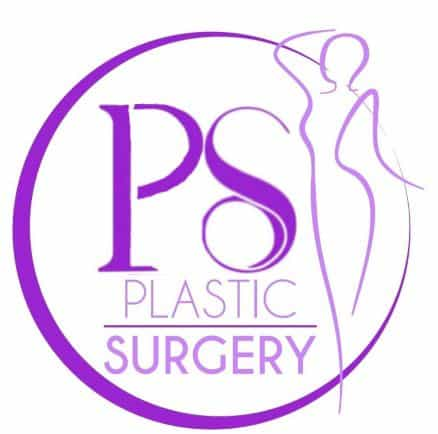
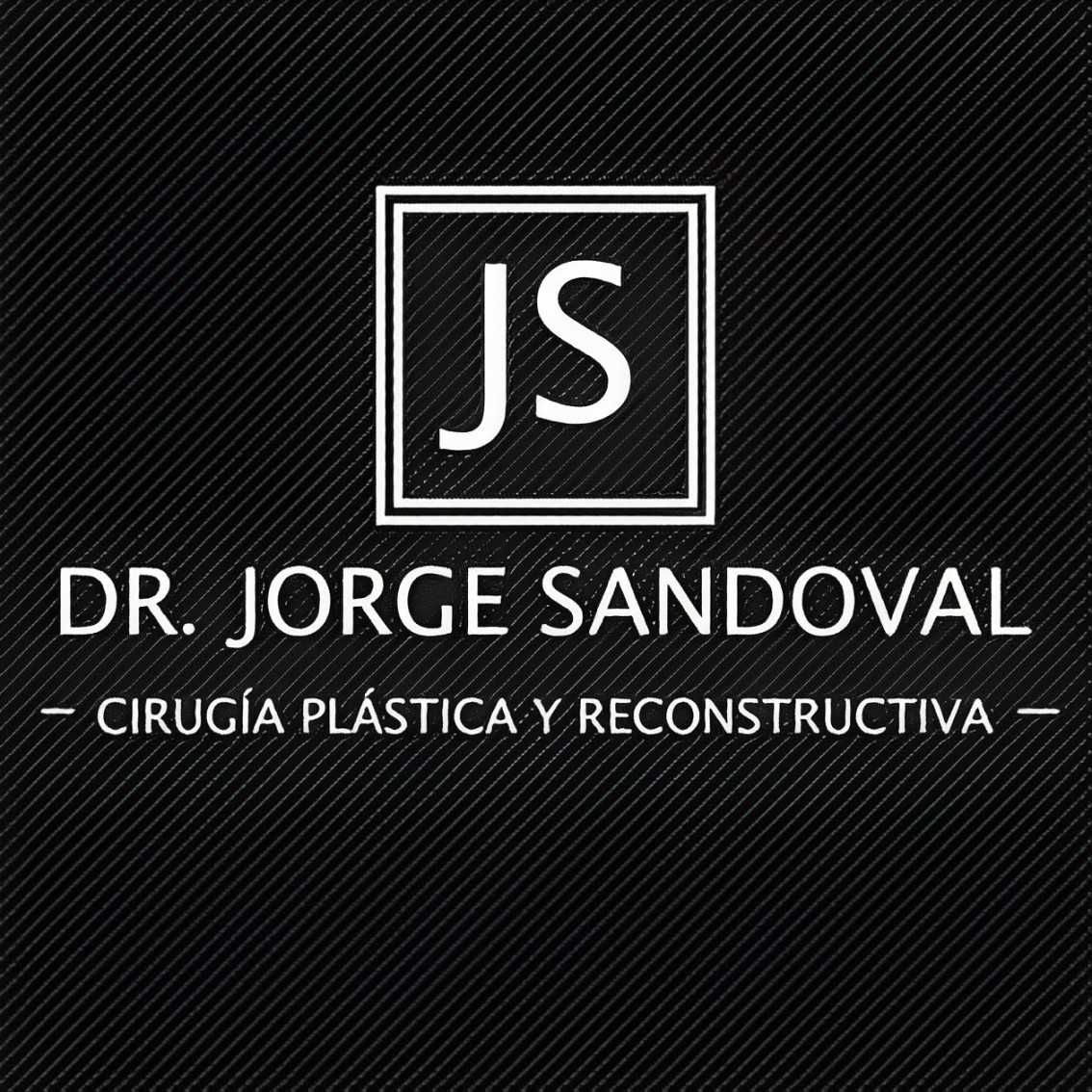
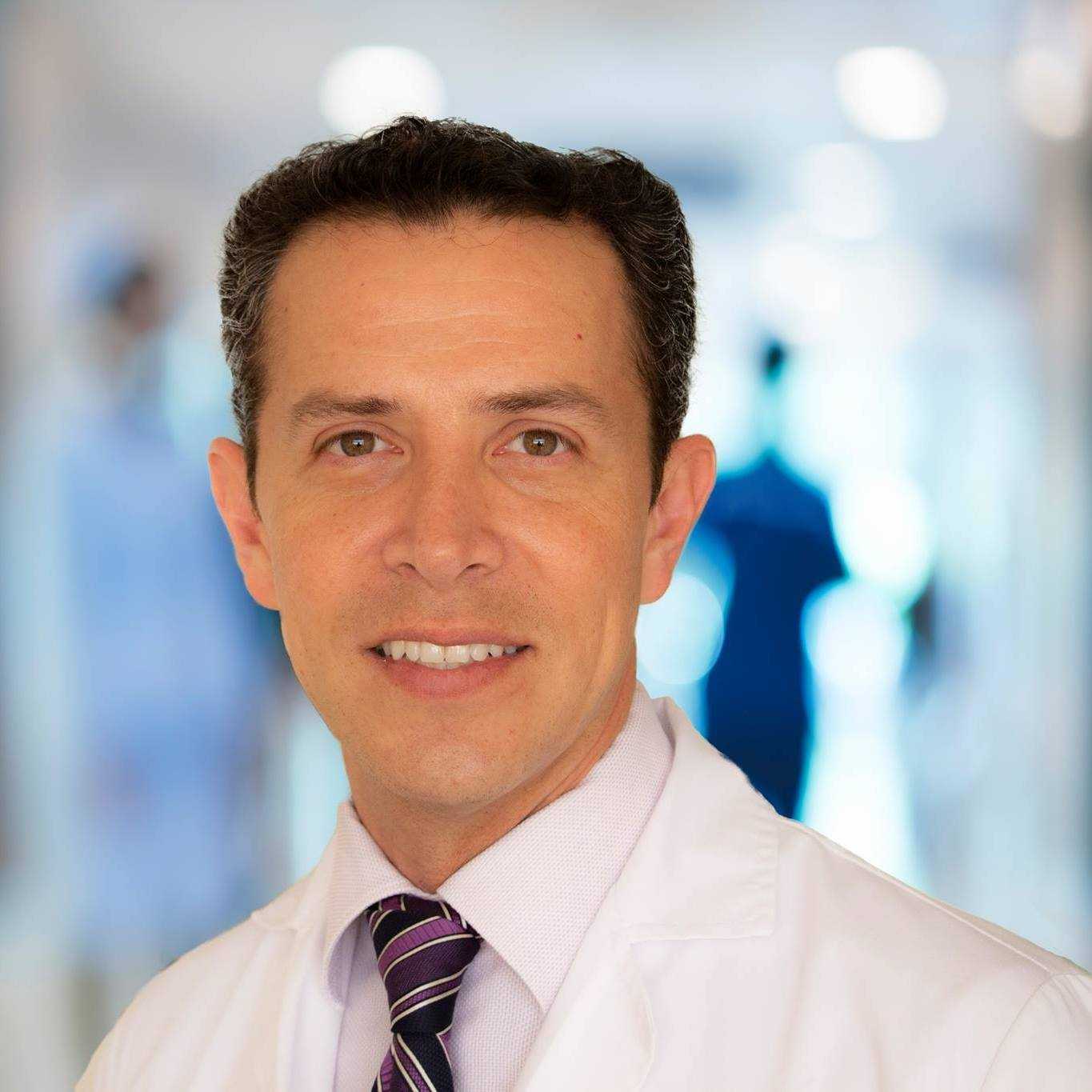

Share this listing